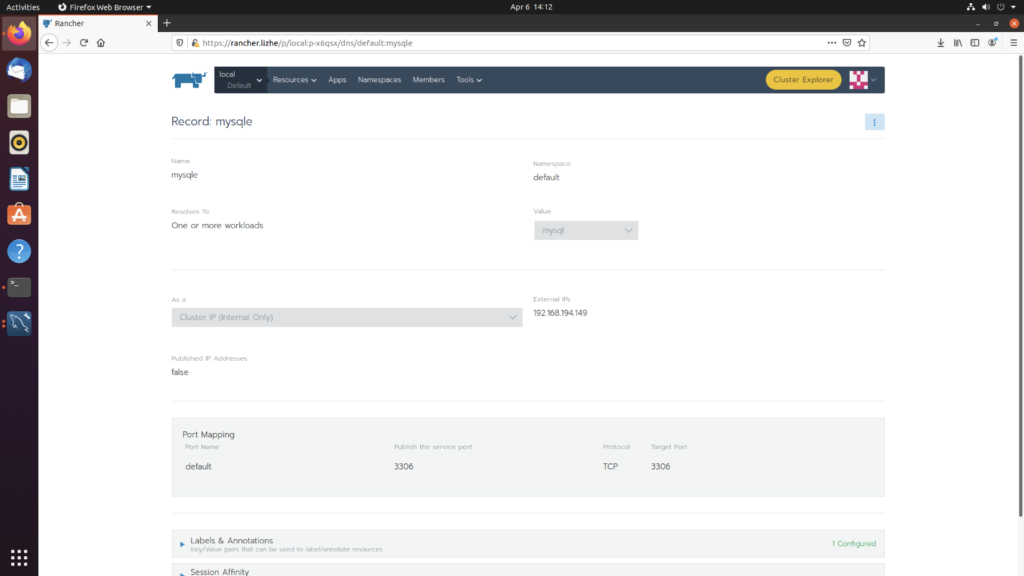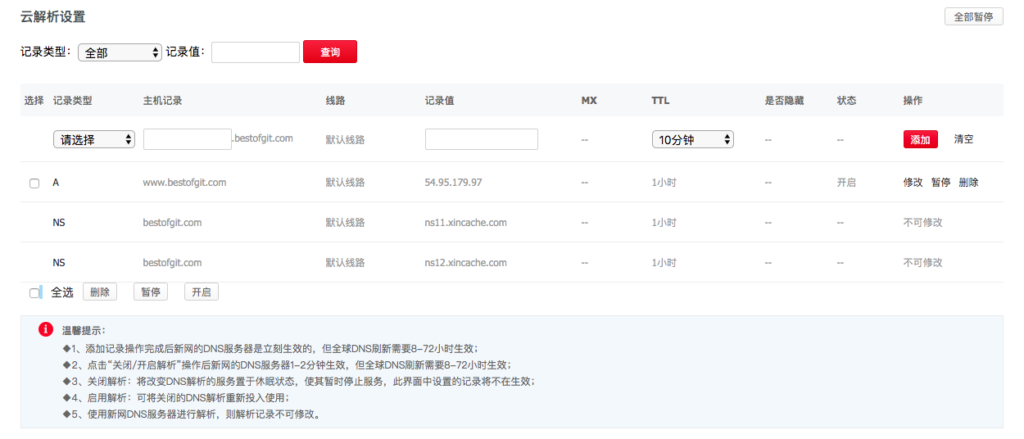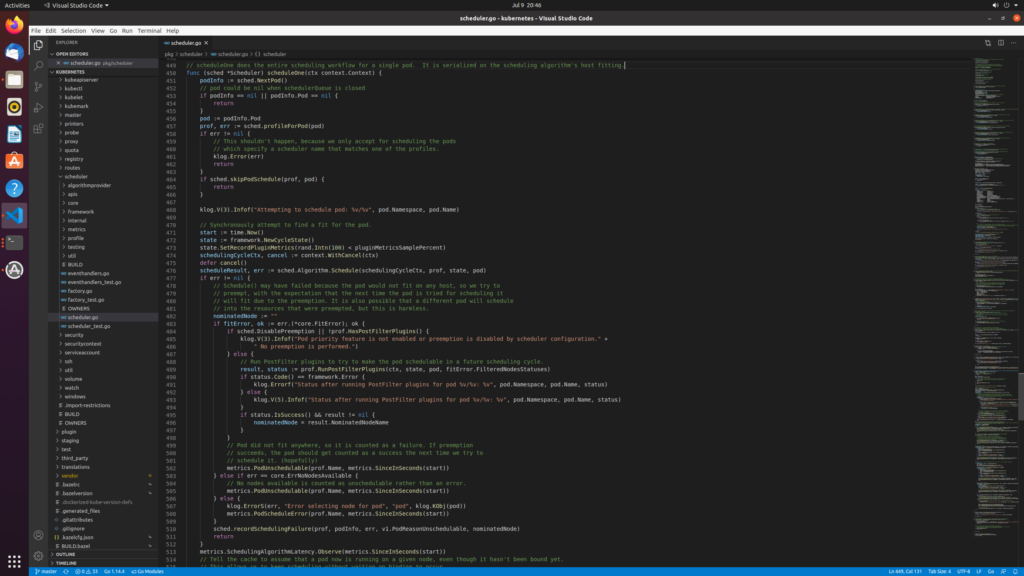How to expose services is a very important and confusing problem
A basic general rule here is
If you need to communicate on the TCP layer (L4), use nodeport (typical application is MySQL)
If you only need to communicate over HTTP or HTTPS (L7), use ingress (the typical application is nginx)
Most HelloWorld programs will simply and brutally use nodeport. It is easy to use and can be used in almost any case, but it is not elegant. Ingress gracefully solves some problems with the help of reverse proxy service, but it can not support L4 layer network communication
However, most documents and books rarely mention external IP, and even the official documents are very vague.
If there are external IPs that route to one or more cluster nodes, Kubernetes Services can be exposed on those
externalIPs. Traffic that ingresses into the cluster with the external IP (as destination IP), on the Service port, will be routed to one of the Service endpoints.externalIPsare not managed by Kubernetes and are the responsibility of the cluster administrator.
deploy a MySQL

create a nodeport service

You can see that 30686 has been opened and can connect to the database normally

To create a service of externalip, you need to create a service of type clusterip, and then add externalip

spec:
clusterIP: 10.43.245.251
clusterIPs:
- 10.43.245.251
externalIPs:
- 192.168.194.149
ports:
- name: default
port: 3306
protocol: TCP
targetPort: 3306
selector:
workloadID_mysqle: "true"
sessionAffinity: None
type: ClusterIP
status:
loadBalancer: {}Does it seem strange that it is an externalip, but the type is clusterip

Externalip allows you to directly use IP plus 3306 to connect to MySQL without using the weird looking high port (30686)

The advantage of externalip is
You can directly use IP + original port to access the service
The disadvantages are also obvious
No high availability and no load balancing
External IP is not managed by a cluster. IP also needs manual control. You have to do a lot of manual work
Here, load balancing and high availability can be handled by a portal or Robin DNS. Of course, complex health check and circuit breaker mechanisms may be required to reach the commercial level







